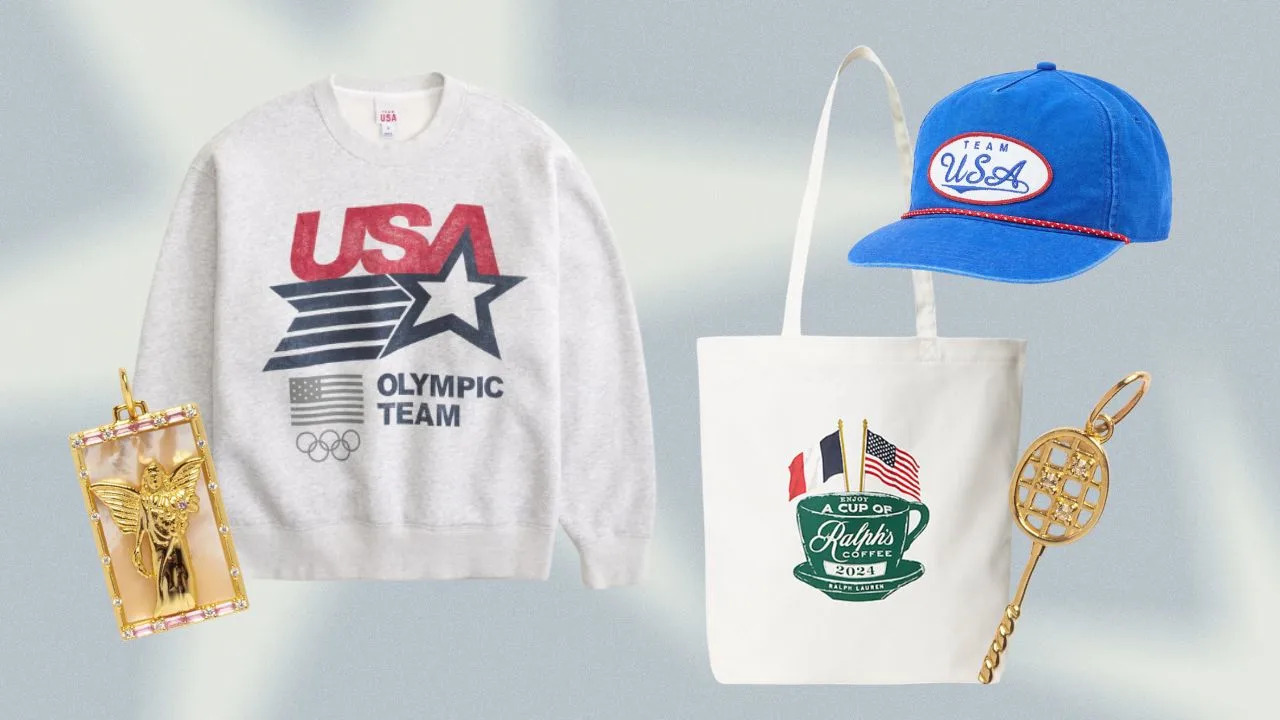There’s something electric about slipping on a shirt that once pulsed with the roar of an Olympic crowd. Vintage Olympic shirts aren’t just fabric; they’re passports to moments when stopwatches froze, national anthems cracked with emotion, and underdogs landed in history books. Whether you’re hunting the mesh-poly skyline graphic from LA ’84 or the minimalist rings tee from Seoul ’88, every thread carries a story of sweat, champagne, and stadium lights.
The hunt begins at the logical places—Depop, Etsy, eBay—but real treasure hides deeper. Think tiny neighborhood thrift stores in former host cities, estate sales in university towns whose alumni competed, or the bottom bins at flea markets outside closed-down gyms. Bring a flashlight; original tags fade from decades of bleaching detergents. Look for single-stitch hems, ring-spun cotton that feels almost satin after a hundred washes, and neck labels so brittle they flake like old parchment. If the five rings feel slightly raised, screen-printed one color at a time, you’re probably holding a pre-2000 gem. Beware modern “vintage wash” knockoffs printed on blanks artificially distressed with pumice stones; the cracks will be too uniform, the fading too symmetrical.
Pricing is a mental gymnastics meet of its own. A 1980 Moscow shirt—especially one smuggled out before the boycott—can fetch $600+ if it features the rare red bears mascot holding a scepter. On the flip side, mass-produced Barcelona ’92 tees sit below $40 because every kiosk on Las Ramblas sold them for pesetas. Yet value isn’t only monetary. I once paid $12 for a sun-bleached Calgary ’88 staff shirt; the seller threw it in free when I bought a bread maker. That tee now hangs framed beside my desk, the faint outline of a bobsled reminding me that collectors’ gold can hide in kitchen appliances.

Condition debates rage like Olympic judges arguing a figure-skating score. Some swear by museum-grade deadstock, but others—myself included—want the creases of lived experience: a Coke stain from the ’96 Atlanta stands, a tiny burn hole from a Seoul ’86 torch-rehearsal cigarette. Whatever your camp, wash gently inside-out with pH-neutral soap; skip the dryer, which cracks plastisol ink faster than a sprinter out of blocks. If you must iron, place a cotton dish towel between iron and print, hovering just enough to relax wrinkles without melting history.
Styling these relics is half the fun. Contrast the sporty silhouette with tailored ivory linen trousers and loafers for a Riviera brunch, or go full subculture: bleached denim jacket, carpenter pants, and Onitsuka Tigers echoing Tokyo ’64 warm-ups. Layer a 1996 USA basketball tee under a slim charcoal blazer and suddenly boardroom Zoom calls feel like warm-up drills. Remember: Olympic shirts already hold maximal visual energy; keep accessories neutral so the rings can do the talking.
Ethics matter, too. Ask sellers direct questions: “Where did you source this?” and “Can you show a picture of the copyright year?” A reputable vendor will share provenance—perhaps it came from a retired volunteer who stored souvenirs in acid-free boxes since the closing ceremony. If a listing uses the buzzword “team issued” yet shows a generic Hanes tag, sprint away faster than a doped-up East German sprinter.
In the end, collecting vintage Olympic shirts is less about ownership than guardianship. One day someone else will untuck that ’92 Dream Team tee from your drawer and feel the same goosebumps when the cotton grazes their skin. Until then, wear it to a local 5K, a late-night diner, or simply while you’re mowing the lawn, letting the echoes of stadium cheers mingle with the hum of everyday life—an eternal lap of honor stitched in cotton.
















